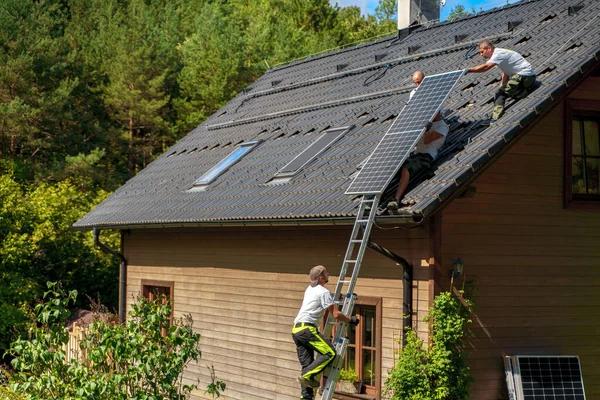Solar Installation Trends in 2025: What’s New
The solar energy industry has experienced remarkable growth over the past decade, and as we approach 2025, new trends are shaping the future of solar installation. These advancements reflect not only technological innovation but also an increasing global commitment to renewable energy solutions. With climate change concerns at the forefront and governments worldwide implementing ambitious sustainability targets, solar power continues to be a cornerstone in the transition toward cleaner energy systems.
One major trend in 2025 is the rise of building-integrated photovoltaics (BIPV). Unlike traditional solar panels mounted on rooftops or open fields, BIPV seamlessly integrates photovoltaic materials into building structures like windows, facades, and roofs. This design-centric approach not only enhances aesthetics but also maximizes energy efficiency by utilizing existing surfaces for power generation. As material costs decline and architectural innovations improve, BIPV is becoming more accessible for both residential and commercial applications.
Another significant development is the adoption of bifacial solar companies panels. These advanced modules capture sunlight from both sides of the panel—directly from above and reflected light from below—resulting in higher overall efficiency compared to conventional single-sided panels. Paired with tracking systems that adjust panel angles throughout the day to follow sunlight trajectories, bifacial technology can dramatically boost power output while reducing land usage requirements.
Energy storage integration has also become a critical component of modern solar installations in 2025. The growing demand for reliable renewable energy has spurred advancements in battery technologies such as lithium-ion and solid-state batteries. By coupling high-capacity storage systems with solar arrays, users can store excess electricity generated during peak sunlight hours for use during nighttime or cloudy periods. This combination enables greater grid independence while ensuring uninterrupted power supply.
Smart home integration represents another key trend reshaping how consumers interact with their solar installations. Internet-of-Things (IoT) devices now allow homeowners to monitor real-time energy production and consumption through mobile apps or voice assistants like Alexa or Google Assistant. Additionally, artificial intelligence algorithms optimize system performance by predicting weather patterns and adjusting operations accordingly.
Lastly, community-driven initiatives such as shared solar projects are gaining momentum as they provide equitable access to clean energy resources for those unable to install rooftop panels themselves due to financial constraints or unsuitable property conditions. These collaborative efforts underscore a broader movement toward inclusivity within renewable energy adoption.
As these trends converge in 2025, they signal an exciting era where technological progress meets environmental stewardship—a promising step forward on humanity’s journey toward sustainable living powered by the sun.
North Valley Solar Power
720 Olive Dr d1 b, Davis, CA 95616
530-564-3260

